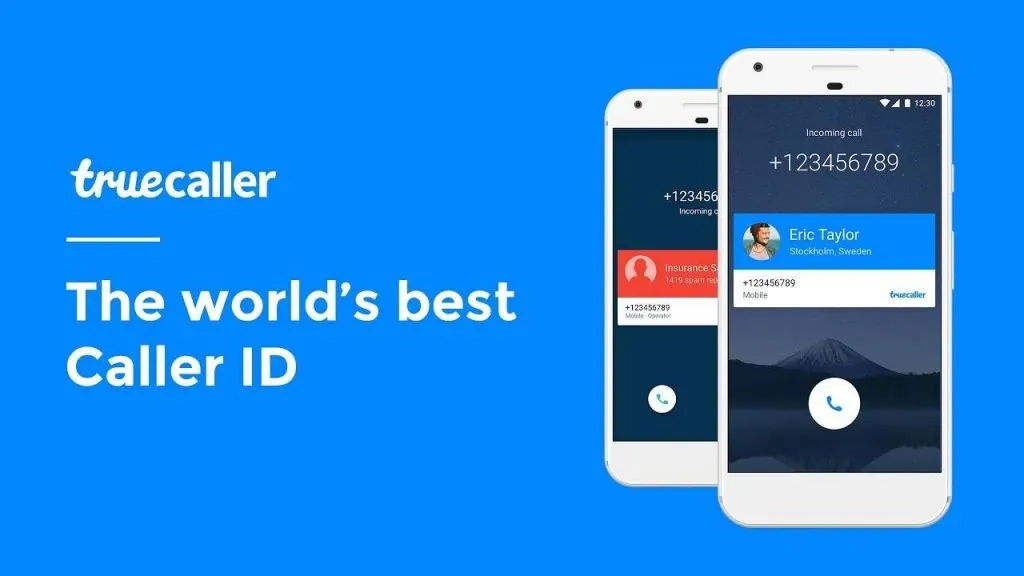The curious case of Truecaller

In 2006, Alan Mamedi graduate in computer science from KTH Royal Institute of technology. he started 3 companies in next 3 months, which were quickly acquired.
In 2009, Alan Mamedi built a caller ID app to identify the callers when you get a call from an unknown number. This was initially a Symbian app running on Nokia phones. Around the same time first version of the android was launched. As android user base started to grow, they developed an android app as well. Their brand name became synonymous with caller ID.
Even though app initially targeted European market, It struggled to gain momentum in European market due to several factors such as European privacy focused laws, rich ecosystem of caller ID players, consumers not comfortable with sharing their contacts. But, they did really well in the Asian and African markets where consumer were not too much worried about the privacy and needed some relief from the pesky telemarketer callers.
In 15 years, Truecaller grew to 415 employees, raised millions of dollars and went public in 2021. Their annual revenue stands close to 160 million USD and 70 % of these revenue comes from India. They are now looking to increase their presence in India hiring in customer success and data analytics roles while key engineering roles still remains in the Stockholm. They are also aggressively expanding in African countries such Nigeria, Kenya etc. As of today they have 300 million Daily active users. They have dominant market position in Indian Market despite having no deals with OS providers and phone manufacturers. Quite an accomplishment for a company. Their primary revenue comes from advertising which they show on their app and when user receives a call from someone else. Another sources of revenues are premium membership plan (9.99 USD a month) and Truecaller business (just like blue tick for twitter) Which let businesses add verified check mark on their profile and relevant information on the profile page.
This year they have renewed their focus on India hiring for key business roles in India and launching new monetization strategies to make money. This will also help them fight new entrant in the market their biggest rivals telecom companies. Telecom Regulatory Authority of India has asked all of the telecom companies in india to show the registered name of the caller when a consumer receive the call. All service providers are expected to implement this by end of 2024. Also, Digital Personal Data Protection Act is expected to be in force by end of 2024. This will put a dent in the working model of Truecaller where they store their user’s contact details on their servers.
Their product is not technically complex and easy to builder even for a new player. What is harder is to acquire customers. This is a classic case of first mover’s advantage in a niche market. Until recently, there wasn’t a ton of money for competitors to consider it lucrative enough to invest their time and energy. What Truecaller saw 15 years ago, now entrepreneurs are seeing today.